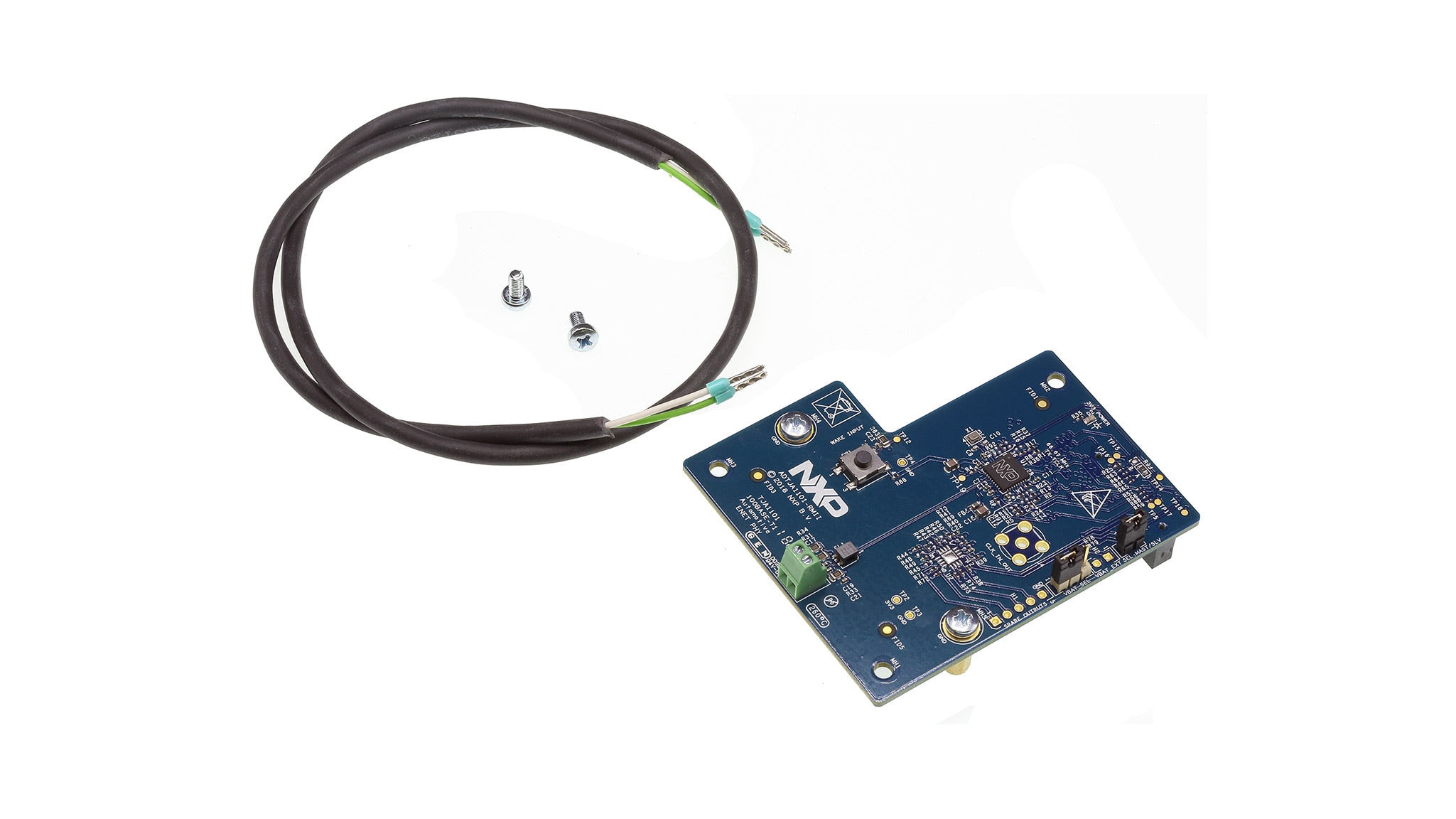


MATEnet interconnections rely on the proven NanoMQS terminals, which are automotive-grade miniaturized contacts that offer high robustness against vibration. Our MATEnet connectors are capable of data transmission rates from up to 100 Mb per second to up to 1 Gb per second, according to IEEE 100BASE-T1/1000BASE-T1, and the connectors can be used with unshielded or shielded twisted-pair cables. They can be used for ADAS sensors, 360° camera systems, telematics units, onboard diagnostics, infotainment applications in the dashboard, and other similar applications requiring mid- to high-size data volumes and low latencies. MATEnet connectors are modular and scalable and can be used in different configurations like multiport or sealed/shielded applications. This will also help control costs and save space and weight.įor example, our MATEnet connectors were originally developed for IEEE Automotive Ethernet Networking. Heavy-duty vehicle designers may choose automotive Ethernet connectors in places not exposed to the elements or extreme shock, such as in the cabin where more ruggedized connectors and longer-length cables are not needed.
Automotive ethernet connector driver#
As advanced driver assistance systems (ADAS) and other automated functions become more prevalent-leading eventually to full autonomy, requiring radar, lidar and more sensors-designers must incorporate Ethernet networks to be able to manage the data connectivity needs of today and the future. Using Ethernet enables more bandwidth to satisfy the ever-increasing need for more data.
Automotive ethernet connector upgrade#
Heavy-duty vehicle designers can use Ethernet connectors from both the automotive industry and those developed specifically to withstand the harsh environments of industrial and commercial job sites such as in construction, mining, and agriculture.Īs industrial and commercial vehicle designers look to upgrade the connectivity systems and networks in their vehicles, many high-speed data applications can be designed using connector technology that has been developed over the past several years for use in the automotive industry.ĭesigners of passenger vehicles and light-duty trucks have been using Ethernet networks and components to enable features such as diagnostics, in-vehicle infotainment, rear- and side-view camera systems, adaptive cruise control and more.

However, the industry does benefit from the fact that the automotive industry has been incorporating Ethernet in passenger vehicles since 2005. Industrial and commercial transportation manufacturers are relatively new to this protocol, and product development specifically for Ethernet components for this market has been limited. Single-pair Ethernet protocol with speeds of 100 Mb/sec (100BASE-T1) or 1 Gb/sec (1000BASE-T1) is becoming more important for heavy-duty vehicle designers as advanced functionality demands and data needs continue to increase. As heavy-duty vehicle manufacturers strive to keep up with rapidly changing regulations and customer demands for safer, greener, and more productive vehicles, they are realizing that CAN bus networks simply cannot support the increased data connectivity required for advanced functionality.


 0 kommentar(er)
0 kommentar(er)
